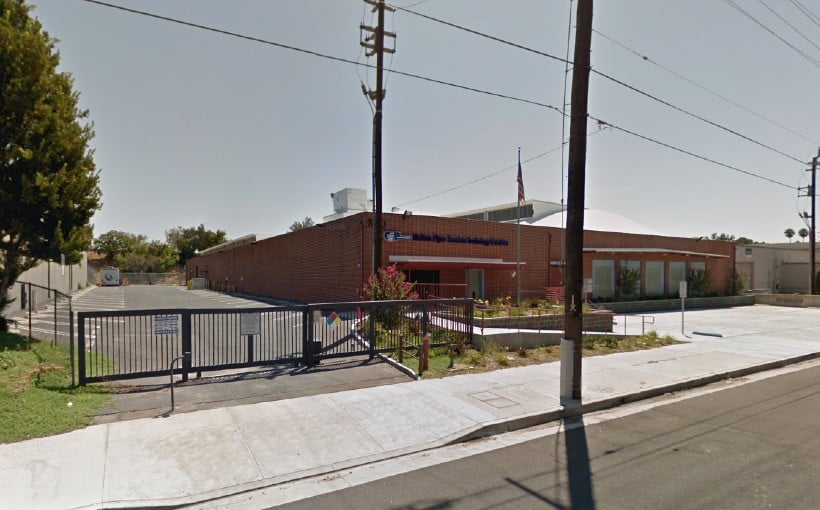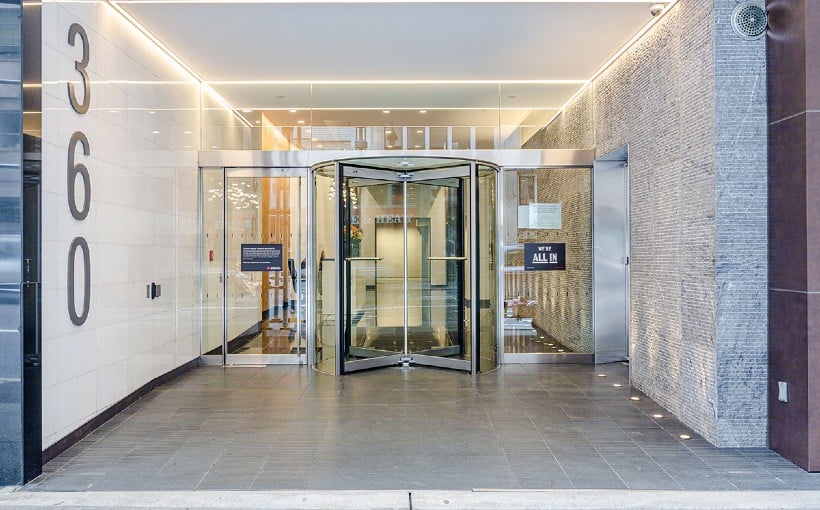A strong supply chain relies heavily on quality infrastructure, including strategically located and well-built warehouses and logistics centers that efficiently handle the storage, processing, and distribution of products to end users.
According to a recent report by Newmark, transportation infrastructure plays a crucial role in driving industrial market activity and promoting seamless logistics. The report notes that historically, there has been a close correlation between infrastructure spending and industrial construction activity. As such, increasing investment in infrastructure is an important contributor to expanding occupancy within the industrial sector.
While the past few years have seen fluctuations in vacancy rates and supply levels within the industrial market, Newmark’s authors predict that speculative development will slow down over time as more build-to-suit projects are pursued. At the same time, they anticipate continued growth in overall infrastructure spending.
The recently passed Bipartisan Infrastructure Law of 2021 allocates $1.2 billion towards improving various aspects of U.S. infrastructure – an essential step towards meeting growing demands for better quality facilities across all industries nationwide. Private sector involvement has also increased significantly as companies recognize their role in enhancing both quantity and quality of critical infrastructures through investments alongside government initiatives.
In addition to traditional modes like roadways or railways being upgraded or expanded upon thanks largely due global trade patterns leading ocean port volume increases (e.g., Los Angeles & Northern NJ), Tier 1 intermodal markets (such as Atlanta) have likewise benefited from enhanced infrastructural developments; Chicago & Dallas are other examples where significant progress was made during this period too!
Newmark’s report highlights inland intermodal markets specifically as major beneficiaries when it comes down not only receiving funds earmarked under BIL but also for future growth potential:
• Atlanta & Dallas lead US DOT outlays
• Chicago leads country with most BIL funding allocated toward future expansion
• Other cities set receive substantial amounts include Houston/Philadelphia
Looking ahead into 2027 according this study: “a generational wave of public and private infrastructure investment will unfold, extending holistically beyond transportation to all types of infrastructure.” This means that as we continue to see the evolution of supply chains and emerging technologies, it is essential for allocations towards infrastructural developments must also consider long-term sustainability.




